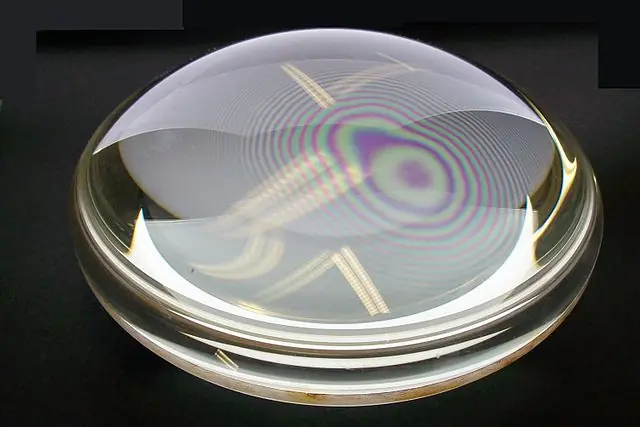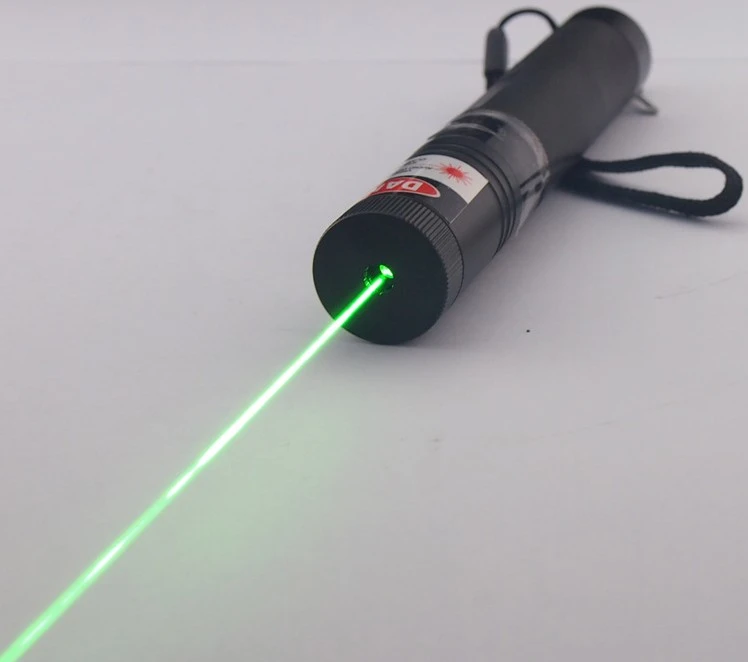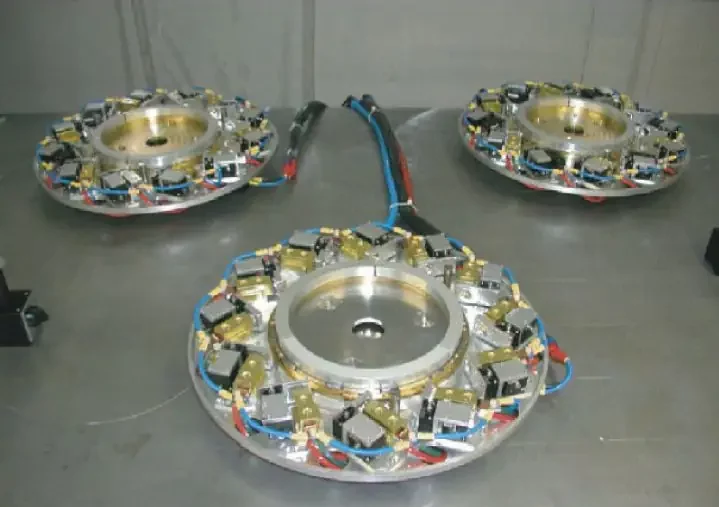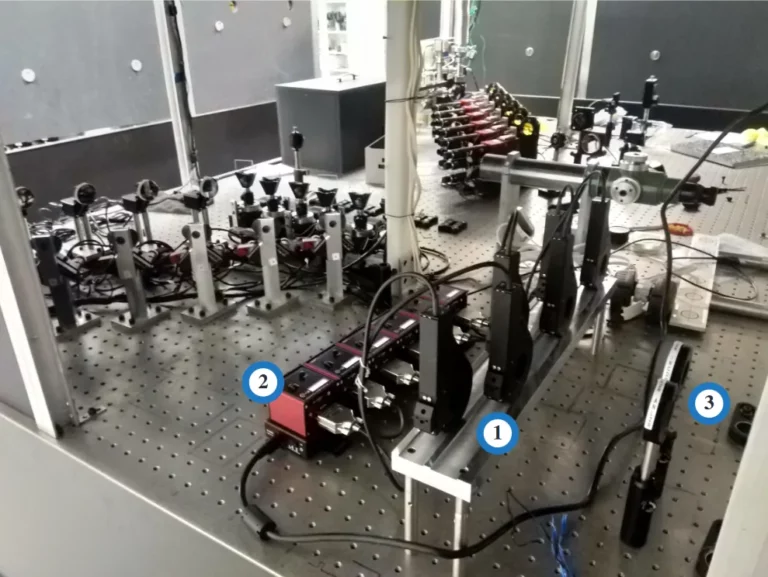What is a Laser Etalon?
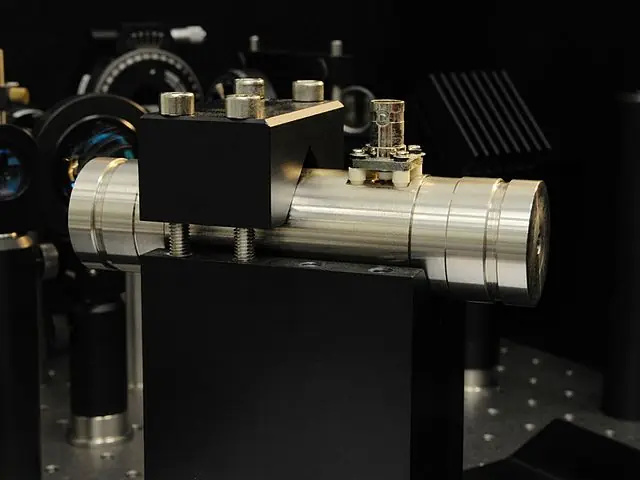
A laser etalon is a device that is used to accurately measure the frequency of a laser beam. It works by using the principle of interference, which occurs when two waves meet and either reinforce or cancel each other out.
The laser etalon consists of two parallel, highly reflective mirrors that are separated by a small gap. The laser beam is passed through this gap, and the reflections from each mirror combine to create an interference pattern.
The distance between the mirrors, known as the cavity length, determines the wavelength of the light that can pass through the etalon. Only light with a certain wavelength will constructively interfere, resulting in a bright beam. This wavelength is known as the resonance frequency.
By adjusting the cavity length, the resonance frequency can be fine-tuned to match the frequency of the laser beam being measured. The intensity of the beam can then be measured to determine the frequency of the laser.
Laser etalons are commonly used in spectroscopy and metrology, as they allow for extremely precise measurement of laser frequencies. They are also used in the construction of lasers and other optical systems, as they can be used to accurately tune the output of the laser to a specific frequency.
Overall, the laser etalon is a vital tool in the field of optics, allowing for precise measurement and control of laser frequencies.

